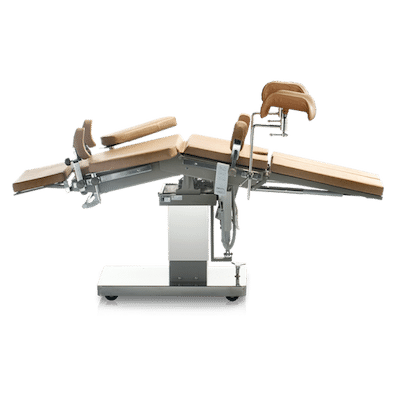
You may have come across an operating room either because you needed such medical services or even in a television program. It is also possible you might have interacted with an individual who has been in the operating room, probably a close nurse or any other medical practitioner. The surgical room sounds so scary that one wonders what goes on there. This room may have different names depending on the institutional culture. To some, it is an operating room; to others, it is the surgical center or an OR. A surgical room's essence is to provide patients privacy when undergoing surgical procedures. It is a particular room as it differs from the standard rooms where patients needing other medical services are hosted. The surgical room is where delicate medical cases are taken care of.
The surgical room can be a requirement for any individual, from children to the elderly. It is essential to note that some populations may be prone to surgical procedures, including pregnant women who must undergo a caesarian section, elderly individuals with illnesses such as cancerous tumors that require an operation, and even children born with abnormalities such as a cleft pallet. However, in some situations, such as in the case of children born with abnormalities, there may be no need to rush the surgery.
What does a surgical room look like?
Surgical rooms are explicitly designed but broad enough to meet the needs of different surgical requirements. The following are various features of an operating room:
Surgical room care providers may include experts depending on the type of surgical procedure required. As a result, the team may be adjusted depending on the patient's health needs. For instance, a medical care provider may be equipped with the skills to carry out operations for adults. At the same time, another expert may be a specialist in surgical procedures for the various abnormalities that children may be born with. However, every operating room must have adequate care providers, from nurses to surgeons, physician assistants, medical students, anesthesiologists, and certified registered nurse anesthetists.
One may wonder why people working within the operating room are always dressed in such a protective manner. However, there are reasons for such precautions. First, the operating room allows care providers to handle some of the most delicate human body cases, including invasion into the body organs. As a result, utmost care must be taken to ensure such body parts are kept as sterile as possible. So, one of the reasons why surgical room care providers wear protective clothing is to keep the patient as free from contaminants as possible. It is also a way of protecting the care providers as there may be infectious diseases, such as in the case of the corona.
Protective clothing in the surgical room
The transparent plastic cubes, called aerosol boxes, are used to protect the care providers and their patients against droplets and aerosol exposure.
Gowns
Aprons
Masks
Gloves
Eye protection and disposable
Fluid-resistant shoe covers
Maintaining personal protective clothing is indispensable for individuals working in the operating room constantly. One can contact hospital-related infections due to failure to prioritize their health. Surgical practitioners must ensure the whole surgical team dresses to protect them and the patients.
Care providers such as surgeons must maintain the highest level of cleanliness possible. For instance, they must observe proper surgical hand washing for self-protection and protect the patients and other hospital staff from reducing the hospital infection rate. Other routine practices include cleaning or housekeeping procedures, which must be performed as often as needed. Sometimes cleaning starts with simple dusting from the highest equipment as the cleaner works down. Some surgical rooms have a circulator that helps the cleaners to remove the dust. Cleaning times are scheduled when there are no patients within the space. It is critical to conserve energy while cleaning. This can be done by turning off unnecessary lighting, such as the overhead light. It is also a routine that the operating table must be inspected to ensure it is in proper shape for operation.
Anesthesia equipment
Electrocautery unit
Power source, which may be a reamer, drill, or saw
Operating table
The surgical room is a particular hospital room where patient cases requiring surgery are attended to. The room is set up so the lead surgeon can access available assistants who report directly to them. All the equipment that may be required during the surgery is placed all around the operating table, including the electrocautery and necessary anesthesia equipment.